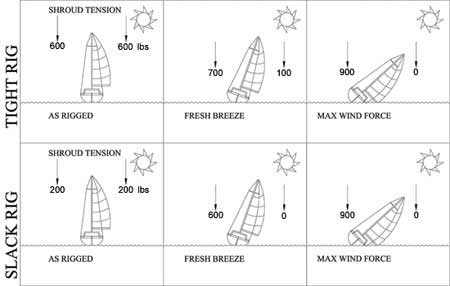Especificaciones
| Nº de pieza | Descripción |
|---|---|
| RT-10* | Rod Sizes .172, .198, .225, .250, .281 |
| RT-11* | Rod Sizes .281, .330, .375 |
| RT-10M* | Rod Sizes 4.4, 5, 5.7, 6.3 and 7.1 |
| RT-11M* | Rod Sizes 7.1, 8.4, and 9.5 |
División Cableware / Tensiómetros / Medidor de aparejos de varilla

We offer a series of gauges to measure the tension in rods from .172 to .375 inch in diameter over a range of approximately 5% to 25% of the breaking strength of the rod and provide an accuracy of + or – 5%. The “Professional Model” RT series provides an increasing durability, accuracy and convenience of use. Manufactured of rugged anodized aluminum, this gauge is corrosive resistant and will give years of service. Detailed operating instructions are included with each tension gauge. Operates in the same manner as the Professional Model Series.
FABRICADO EN EE.UU: Sí
| Nº de pieza | Descripción |
|---|---|
| RT-10* | Rod Sizes .172, .198, .225, .250, .281 |
| RT-11* | Rod Sizes .281, .330, .375 |
| RT-10M* | Rod Sizes 4.4, 5, 5.7, 6.3 and 7.1 |
| RT-11M* | Rod Sizes 7.1, 8.4, and 9.5 |
Product Weight: 3.54 lbs
Contrary to popular thought, a slack rig is more punishing on a hull than a properly adjusted, tight rig. Insufficient tension will reduce the loads transmitted to the hull.
Slack rigging will punish the spar and rigging needlessly by allowing excessive movement, chafe and shock loading. Modern fiberglass hulls should not be damaged by properly adjusted, tight rig.
The diagram below lists the rigging tension under different conditions for a typical boat with a properly tuned rig and with a slack rig. It will be noted that the maximum load is the same. However, for the properly tuned rig the leeward shrouds will not go slack under normal sailing conditions.
The lateral stiffness of the mast and the fore and aft stiffness of the spreaders is reduced by a factor of 2 when the leeward shrouds go slack. This important structural characteristic is not generally recognized.

Rigging tension is becoming more important as a result of the trend toward the use of mast bend to control mainsail shape under different wind conditions.
Mast bend will also affect the shape and trim of the jib, since mast adjustment generally affects forestay tension. The expert skipper will benefit by maintaining consistent rigging tension while developing the optimum sail shape and sailing tactics.